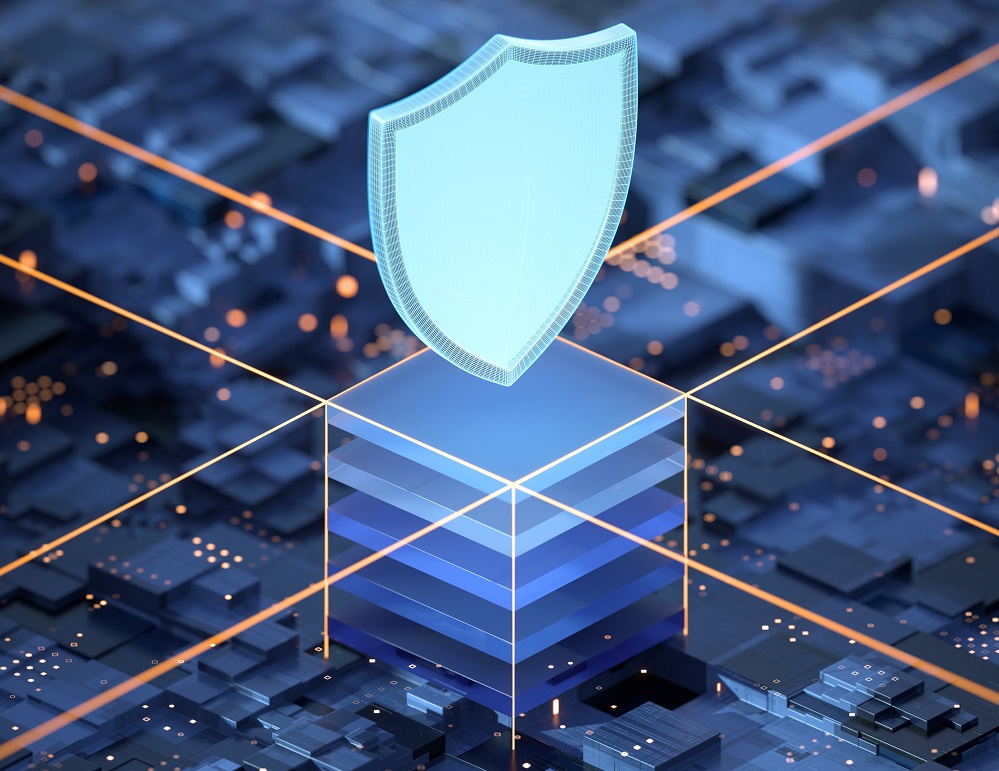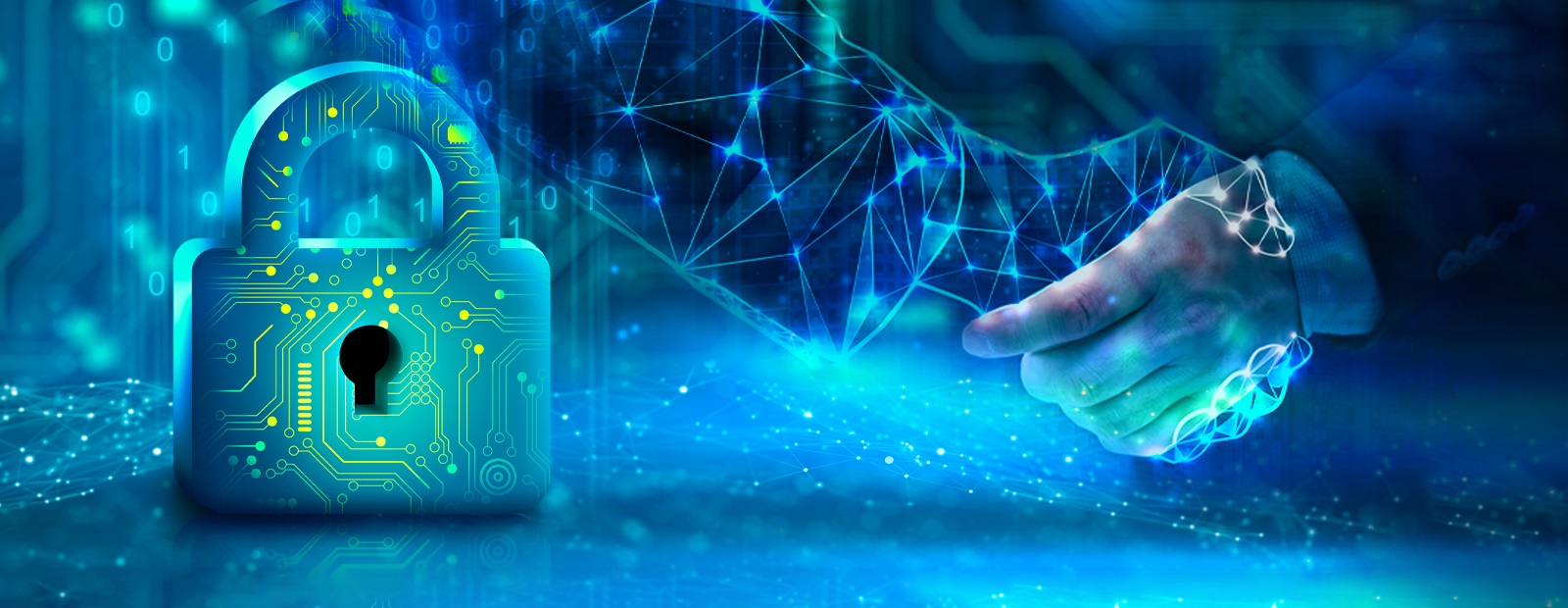From cost fluctuations to accelerated digital transformation, business leaders are faced with a crucial responsibility of managing organizational resources smartly to stay competitive and at the forefront of development.
The plethora of IT solutions designed to optimize businesses drives the need for better IT vendor management and data-driven decision-making to maximize an organization’s potential. As an indispensable tool to IT leaders, vendor management is a complex and challenging task fraught with potential pitfalls.
We spoke to Tia Jähi, KONE’s Head of Business IT about the organization’s supplier management approach, and how to cultivate rewarding partnerships with vendors in the long run.
How has your strategy for IT supplier management evolved over the last few years, especially with the rapidly changing digital environment?
The past years have been quite change-intensive with the pandemic, remote working, digital advances, and the consolidation of the supplier market. We have seen quite significant changes to the technology suppliers consolidating, and the market overall.
When it comes to the impact of this on strategy, it’s about being very active in monitoring the changes and creating a new outlook, because there have been cases when some of our core technologies have merged into other providers. We have close relationships, so when something happens, we can have the dialogue to ensure continuity of priorities.
Additionally, we also create transparency to our pipeline. For example, when we’re working with Supplier A which then goes through a merger or change in the market, perhaps expanding their scope, we are not just reviewing them as a supplier for technology in area A but also as strategic supplier. We open our roadmap from the perspective that even though we are currently doing business in this area, there are other core areas we could be investing in and that leads us to broadening our discussions. Of course, this applied especially to strategic suppliers.
In your experience, what are the most important components of a successful supplier relationship?
I often say, the first thing is about finding the right partner and running your RFIs and RFPs, but it’s not the hardest part. For example, if we think about services providers in the IT space, there are many world class players, most of whom are capable of doing the job. Then, it’s about our priorities and what’s right for the moment. After that, the work starts.
The more important and difficult part is partnering, and this happens regardless of whether it’s a strategic or preferred partner. It’s not just a relationship based on KPIs and monthly reports or spending. It’s about having intimacy on all levels.
Partnerships are not just selecting a vendor; you need to be a partner too.
This leads to my earlier point about sharing your roadmaps with your partners. You also need to understand their KPIs and expectations. If they’re entering a new market, for example, you need to be ready for them as well. Only then can you really build a sustainable, long-term, mutually beneficial relationship.
I was once asked how I would handle a quality issue with a supplier. The textbook answer would be to monitor SLAs and apply the penalties. That’s what you can do contractually. But you are not any better off even if you get service credits because you still have a problem. This is where partnering right comes up. We need to jointly understand the root causes of the issue. Is there attrition in the team? Immaturity in the technology? Depending on the relationship, what effort do I need and am willing to put in?
For example, we’ve seen, in the past year, both in the partner and corporate landscape that there has been huge attrition and turnover in certain geographies. I have to decide if this is something I want to invest more effort into – such as onboarding new team members. Again, it may contractually be the supplier’s responsibility to ensure the right quality of competence, but we’re both suffering. So do we jointly battle against attrition? It’s about making sure the teams are integrated and the supplier’s team feels like they are part of this company as well.
We do quite a lot of team building with our internal and supplier teams. In our part, we are investing in the relationship and in creating a joint vision for the whole team. To me, that is partnering right.
It boils down to getting people engaged and leading with a vision and a motivating view of the future.
This doesn’t only apply to colleagues on your payroll. We extend our recognition practices to our supplier teams as well. I think this is a core success element that should be considered, especially when we’re outsourcing part of the work more and more. It creates certain benefits without fully taking away leadership responsibilities.
What was one unexpected challenge you have faced when dealing with a supplier, and how did you overcome that challenge?
Of course, you need to be prepared for everything. But one example is the acquisition of technology suppliers, where all of the sudden you enter a new relationship with a new provider who has acquired a technology supplier you’ve been working with. There might be questions and concerns about their other customers, such as are they working with our competitors?
There may even have been some cases when these deals are announced publicly, so you become aware of the significant change via a press release. This raises questions. Are your counterparts still in place? How do you extend the relationship to the new leadership?
The other challenge comes with the Great Resignation following the pandemic. Especially with our colleagues in India, we’re seeing attrition numbers in double digits. Again, it’s a joint challenge that must be addressed.
What is your best advice to other IT leaders and C-level executives when it comes to creating a successful supplier management strategy?
It comes down to first understanding your data. We have done significant exercises, starting from the purchase order level, to figure out who the suppliers are, where we are spending, and what are the future strategic opportunities. Then, creating a segmentation framework and starting to draft down.
From the C-level, it’s about having commitment to things like executive sponsorship for strategic suppliers. If we have great engagement all the way from the executive board, then when we consider having a company as a strategic partner, it comes all the way from the executive board. That gives us participation and helps build relationships. Of course, there are the core principles, such as governance, that will differ based on the layer of the suppliers. Either way, there has to be skin in the game at every level.
Looking at the different approaches you could take with strategic level suppliers, it’s about investing time and sharing roadmaps. They need to feel like a strategic partner, and they need to feel that you are a strategic partner to them with opportunities and a joint vision.
It’s also about looking at chances to consolidate. When you have over 100 suppliers, not everyone can be strategic. But if you look more into the niche or smaller players, are there opportunities there for consolidation down the line? Maybe consolidation might be beneficial from a cost management perspective.
Essentially, start with three tiers of partners: strategic, preferred, and others before starting to understand the data.
Can you talk us through KONE’s process of coming up with a clear supplier selection criterion?
Depending on the scope, volume, and newness of the initiative, we usually start off our own education journey with an RFI round to understand the market and purify our requirements, as well as get to know the technologies and capabilities available.
With the RFP process, we have a firm framework. Then it comes to candidate assessment. Here we create a visible comparison between the first-round suppliers and decide which ones to move forward with.
For example, with selecting a technology supplier, functional requirements are very important. But equally important are non-functional requirements from the perspective of cybersecurity, privacy, performance, global reach. There’s also the cost and cost of total ownership as well as their potential as a partner.
We do this rating transparently with a broad internal team. But the weight of each factor can change. For example, functional requirements may be worth 50% of the total evaluation with the other parts being smaller. Either way, we utilize the framework and fit it to the initiative we are working on.
Of course, there may be a clear answer from the ratings. but there are also soft elements to consider that may play a role as well. This is the partnership aspect. Do we believe in their roadmap? Are they innovators or a basic provider?
It’s not just about finding the right partner but partnering right.
We have made bets that have turned out to be very successful today, where a supplier may have equal functionalities, but we chose one over the other because of their technical design and future orientation.
You can’t distill everything into an Excel that gives you a number that is the answer. Even in this phase of partnership, you must invest time to truly understand them.
*The answers have been edited for length and clarity.




